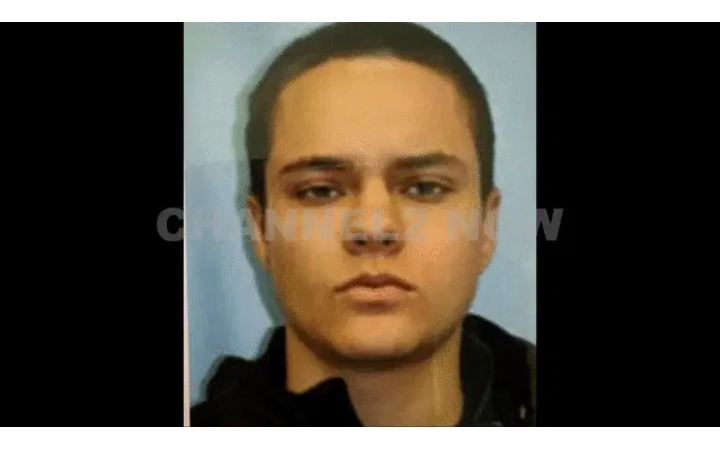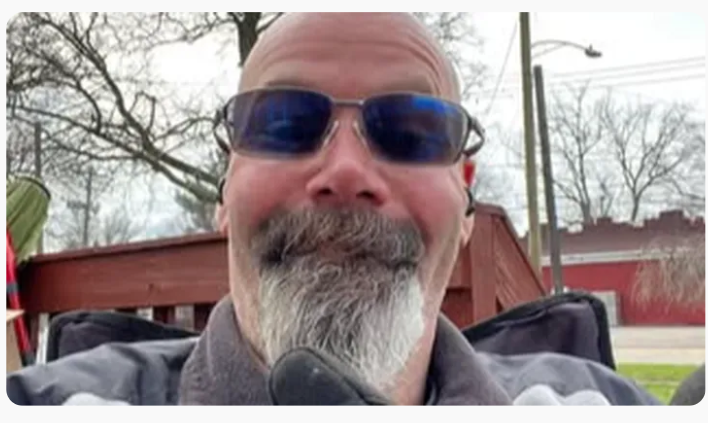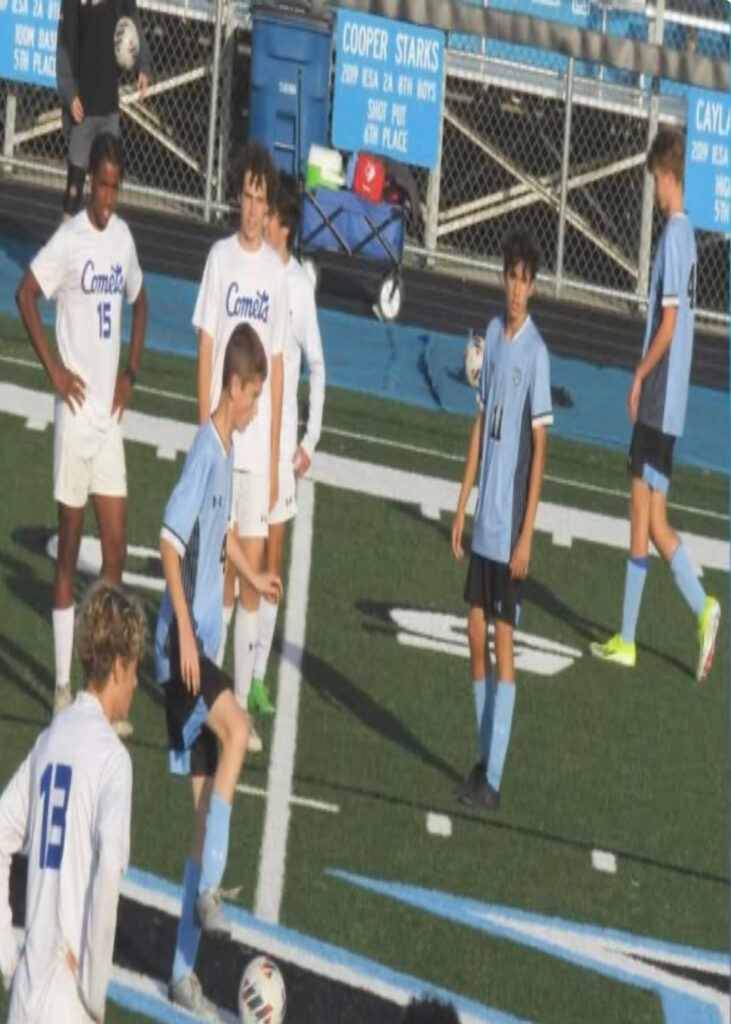Wess Roley Identified as Gunman in Deadly Sniper Ambush on Canfield Mountain Near Coeur d’Alene, Idaho
COEUR D’ALENE, Idaho — Authorities have officially identified Wess Roley as the gunman responsible for the deadly sniper ambush that unfolded on Canfield Mountain in the rugged forests outside Coeur d’Alene. The harrowing event, which extended over several hours, tragically resulted in the deaths of two firefighters and left a third critically injured, shaking the local community and emergency response teams alike.
Wess Roley, aged 20, was found deceased on Sunday evening near a firearm, confirming suspicions that he was the individual who orchestrated the attack. Investigators believe that Roley intentionally set a brush fire in the densely wooded area to draw firefighters into a well-planned, lethal trap — a tactic that has sent shockwaves throughout Idaho and beyond.
Details of the Incident and Investigation
The tragic sequence of events began when a brush fire was reported in the remote Canfield Mountain region. Fire crews quickly mobilized to contain what initially appeared to be a routine wildfire. However, what started as a typical emergency response swiftly devolved into a deadly confrontation when the fire crews became targets of a sniper attack.
Emergency officials described the situation as an unprecedented active shooter scenario unfolding amid a firefighting operation, complicating rescue and containment efforts. The fire crews found themselves ambushed in hostile terrain, a circumstance unlike any typical wildfire response.
Authorities immediately launched a comprehensive investigation, focusing on identifying the perpetrator and understanding the motives behind such a dangerous and calculated assault on public safety personnel. Law enforcement officials, including state police and federal agents, collaborated in the intensive manhunt and forensic analysis that followed.
The Discovery of Wess Roley
Following an extensive search operation, authorities located the body of Wess Roley on Sunday evening, near the scene of the fire and ambush, alongside a firearm believed to be the weapon used in the attack. The circumstances surrounding his death suggest that Roley may have taken his own life, though official statements on this matter remain cautious pending further forensic and investigative results.
Officials have yet to disclose detailed motives or background information on Roley, citing ongoing investigative protocols. However, the methodical nature of the attack — including the deliberate setting of the brush fire as bait — highlights a level of premeditation and intent to cause harm to first responders that is deeply concerning to law enforcement and the wider community.
Community and Firefighter Response
The local community in Coeur d’Alene and surrounding areas has been profoundly affected by the tragedy. Firefighters, who risk their lives daily to protect lives and property from natural disasters, found themselves victims of a calculated attack during an operation they undertook to safeguard the public.
Tributes and memorials have poured in from residents, neighboring communities, and firefighting organizations statewide and nationally. The loss of two firefighters and the critical condition of a third have sparked an outpouring of grief and solidarity.
Local officials have praised the bravery and professionalism of the firefighters involved, emphasizing the extraordinary courage required to face both natural and human threats simultaneously.
Safety and Security in Firefighting Operations
This incident has prompted renewed discussions within emergency management and firefighting communities about the potential risks and vulnerabilities faced during wildfire responses, particularly in remote or rugged terrain where hostile actors might exploit the situation.
Firefighting agencies are reviewing operational protocols and considering enhanced security measures and tactical training to prepare for possible threats beyond the natural hazards of fire itself. Coordination between firefighting units and law enforcement is expected to be strengthened to ensure quicker responses to evolving threats.
Investigative Challenges and Ongoing Efforts
Investigators continue to examine all aspects of the case, including the timeline of events leading up to the fire, the source of ignition, and Roley’s background and potential motives. Authorities are also working to piece together the sequence of the sniper attack to better understand how Roley was able to carry out such a deadly ambush.
The use of a brush fire as a lure for an attack on firefighters is an uncommon and disturbing tactic, prompting law enforcement and wildfire experts to explore how such risks can be mitigated in the future.
Support and Resources for Firefighters and Families
The impact of this tragedy extends beyond the immediate victims to their families, fellow firefighters, and the broader emergency response community. Counseling and support services have been mobilized to assist those affected by the emotional and psychological toll of the event.
Local and national firefighting organizations have offered resources to help personnel cope with trauma and stress related to this incident. Public officials have also called for community support and recognition of the sacrifices made by first responders in dangerous and unpredictable circumstances.
Tributes and Memorials
Memorial events honoring the fallen firefighters have been organized across Idaho, with community members gathering to remember their dedication and sacrifice. Vigils, moments of silence, and public statements from government officials and firefighting leaders have underscored the profound respect and appreciation for the lives lost and those still recovering.
Social media has also become a platform for sharing memories and messages of support, highlighting the widespread impact this event has had on the firefighting community and the public.
Broader Implications and Reflections
The sniper ambush on Canfield Mountain serves as a grim reminder of the complex and sometimes unpredictable dangers faced by emergency responders. While wildfires themselves pose significant hazards, the added threat of deliberate violence against those fighting the flames introduces a new and alarming dimension to public safety operations.
This event has sparked conversations among policymakers, law enforcement, and firefighting organizations about improving safety measures, enhancing communication, and developing protocols that address multifaceted threats during emergency responses.
Looking Ahead
Authorities remain committed to fully understanding the circumstances behind this tragic event and ensuring that justice and accountability are achieved where appropriate. Investigations are ongoing, and law enforcement agencies are expected to provide updates as new information becomes available.
Meanwhile, the Coeur d’Alene community and firefighting organizations continue to honor the bravery of those who put themselves in harm’s way to protect others. The resilience and solidarity displayed in the wake of this tragedy reflect the enduring spirit of public service and community support.
As the firefighting community rallies to recover and strengthen itself, this incident will likely serve as a catalyst for important changes in operational safety, risk assessment, and inter-agency collaboration to better protect those on the front lines of disaster response.











Leave a Reply